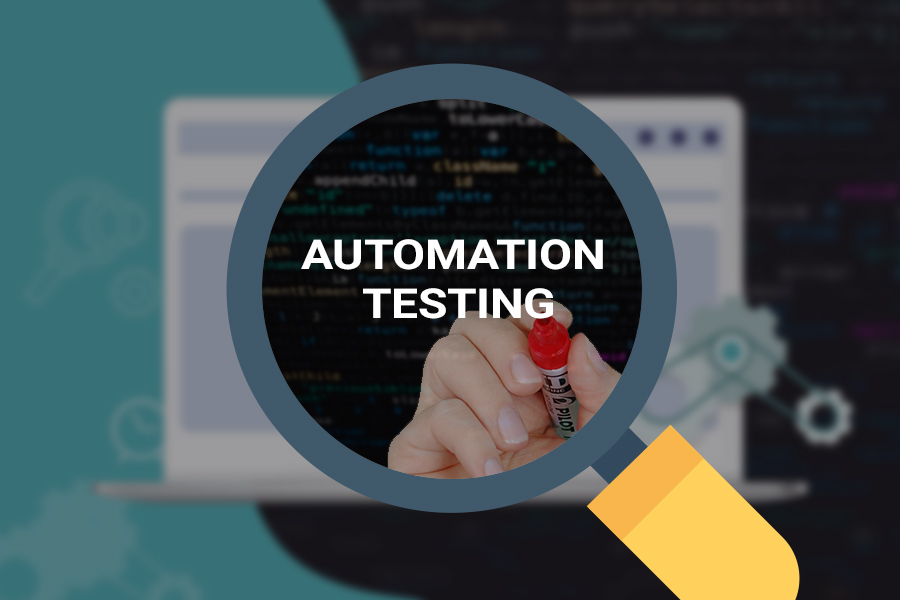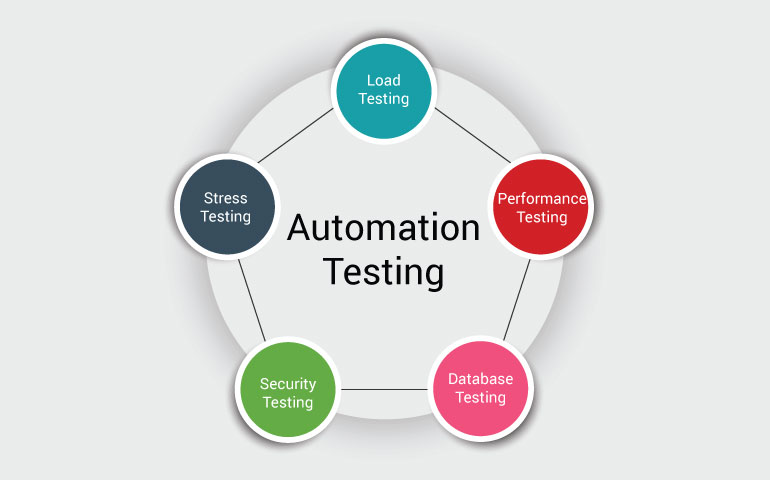The Best Overview to Implementing Automation Testing Successfully
The Best Overview to Implementing Automation Testing Successfully
Blog Article
From Guidebook to Automated Testing: A Comprehensive Overview to Transitioning Smoothly and Properly
In the realm of software application testing, the shift from guidebook to automated procedures has actually come to be a progressively important transition for companies seeking to enhance performance and accuracy in their testing methods. As innovation remains to advancement, the demand for efficient and seamless automated screening methods has actually never been much more pressing. The journey from manual to automated screening is not without its obstacles, yet when come close to strategically and with a clear plan in mind, the benefits can be considerable - automation testing. In this comprehensive overview, we will certainly check out vital steps and considerations vital for an effective shift, from the initial selection of tools to the integration of automation right into existing workflows. Remain tuned to reveal the understandings that will assist lead the way for a smoother and extra reliable testing procedure.
Benefits of Automated Examining
Automated testing offers various advantages, enhancing efficiency and precision in software development processes. Automated tests can be run at the same time on numerous tools and running systems, dramatically speeding up the testing stage compared to manual screening.
Additionally, automated testing guarantees a higher degree of precision in spotting issues. Consistency in screening is also boosted, as automated tests execute the exact same actions exactly each time they are run.
Selecting the Right Tools

First of all, analyze your objectives and requirements. Understand the scope of your job, the modern technologies entailed, and the ability of your team. This evaluation will certainly aid you figure out the capabilities and features you call for in your screening tools.
Secondly, consider the compatibility of the devices with your existing processes and systems. Seamless integration with your existing software growth lifecycle is essential to make certain a smooth shift to automation.
Furthermore, assess the scalability and versatility of the devices. As your screening needs evolve, the devices need to have the ability to adapt and suit adjustments efficiently.
Lastly, consider the assistance and area around the devices. When executing automated testing, durable assistance and an active user community can give valuable sources and support. By very carefully thinking about these elements, you can choose the right tools that straighten with your demands and set the phase for an effective shift to automated screening.
Creating Reliable Test Scripts

When crafting examination manuscripts, it is important to take into consideration the specific needs of the software being evaluated and ensure that the scripts deal with all essential functionalities. Detailed and clear naming conventions for test manuscripts and test instances can improve readability and maintainability. Furthermore, incorporating mistake handling systems within the test scripts can help in identifying and attending to problems without delay.
In addition, organizing test scripts right into modular parts can enhance reusability and scalability, reducing redundancy and improving efficiency in test manuscript maintenance. Routine evaluations and updates to examine scripts are essential to equal advancing software program requirements and functionalities. By adhering to these concepts, testers can create durable and efficient examination scripts that add substantially to the success of automated screening processes.
Integrating Automation Into Workflows
By flawlessly incorporating automated testing tools like Selenium or Appium right into the software application growth lifecycle, groups can attain faster comments on code changes, leading to quicker pest detection and resolution. This combination allows for constant testing throughout the advancement procedure, guaranteeing that any kind of problems are recognized early on, resulting in higher software program top quality. Correct assimilation of automation tools needs partnership between development, testing, and procedures groups to develop a unified process that enhances effectiveness and performance in providing see post top notch software application items.
Ensuring a Smooth Shift
Efficiently transitioning to automated testing involves careful preparation and careful implementation to minimize interruptions and maximize efficiency in the software advancement procedure - automation testing. To make certain a smooth shift, it is necessary to begin by conducting a thorough evaluation of the existing screening procedures and recognizing locations where automation can bring the most substantial advantages. Involving with all stakeholders early while doing so, including designers, testers, and project supervisors, is essential for garnering support and buy-in for the automation initiative
Interaction is key during this shift stage. Clear communication of the objectives, advantages, and assumptions of automated screening assists to handle any type of resistance or issues that may arise. Furthermore, supplying adequate training and resources for staff member to upskill in automation tools and techniques is vital for making certain a successful change.

Final Thought
Finally, transitioning from handbook to automated testing uses numerous benefits, consisting of raised effectiveness and reliability. By selecting the suitable devices, composing reliable test manuscripts, and incorporating automation flawlessly right into process, companies can guarantee a smooth and successful transition. It is vital to embrace automation as a valuable asset in software application testing procedures to boost total high quality and performance.
In the world of software program screening, the change from manual to automated processes has actually become an increasingly vital shift for companies seeking to improve performance and accuracy in their screening methods. Automated tests can be run concurrently on several tools and operating systems, significantly speeding up the screening phase contrasted to automation testing hands-on screening. Uniformity in screening is also enhanced, as automated examinations execute the exact same actions precisely each time they are run.To make sure the successful execution of selected screening tools, the creation of reliable examination manuscripts plays a vital duty in validating the performance and performance of automated processes - automation testing. By following these principles, testers can develop effective and robust test scripts that add dramatically to the success of automated testing find out procedures
Report this page